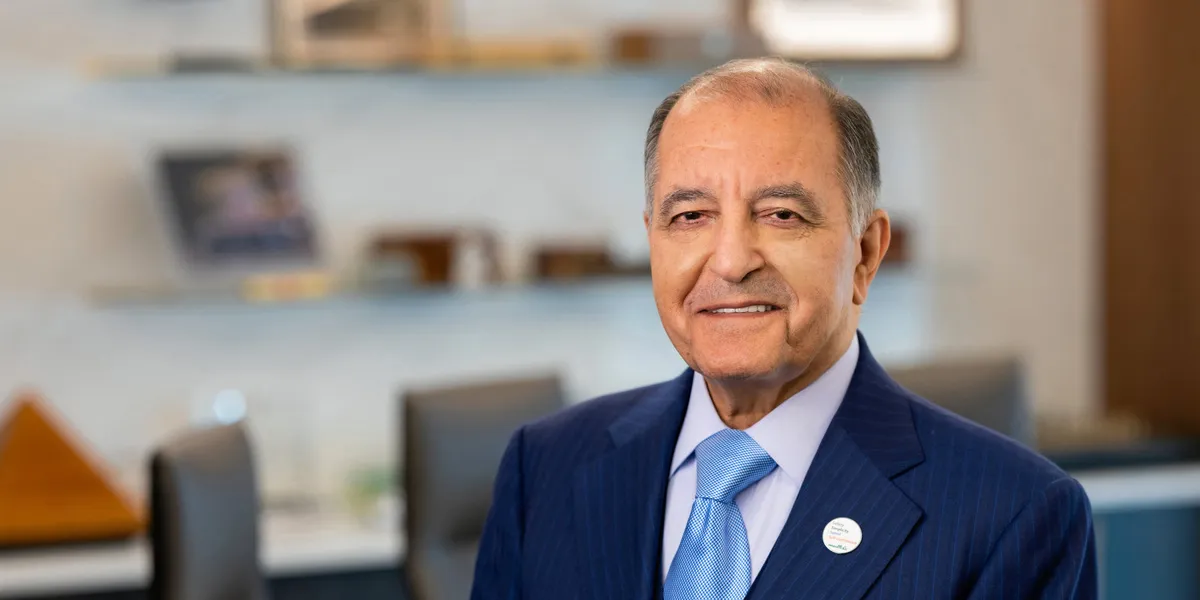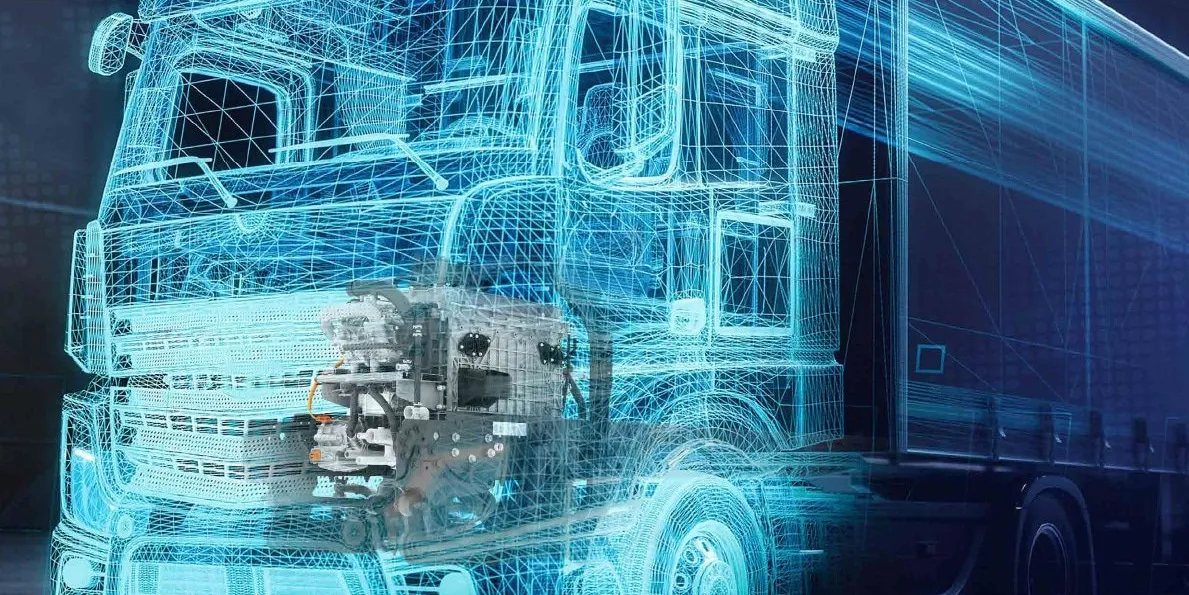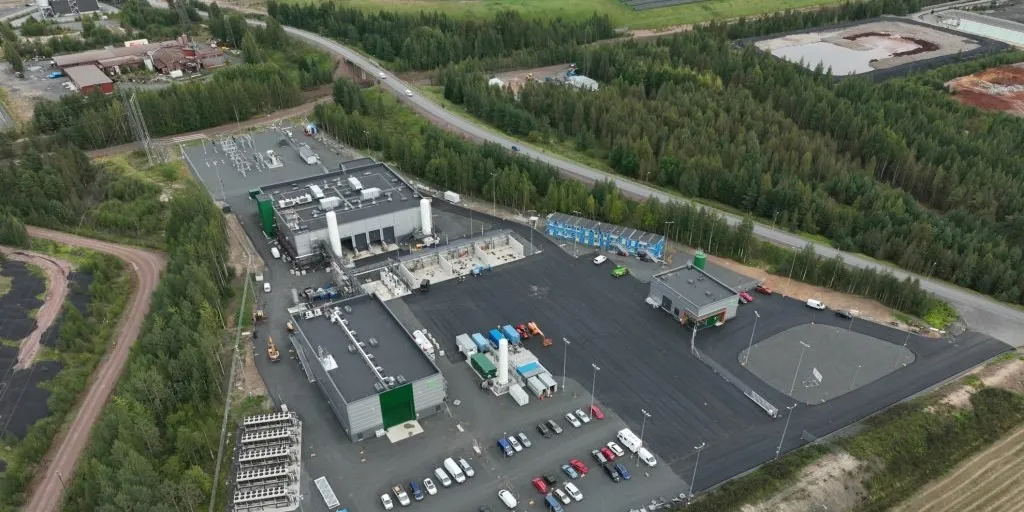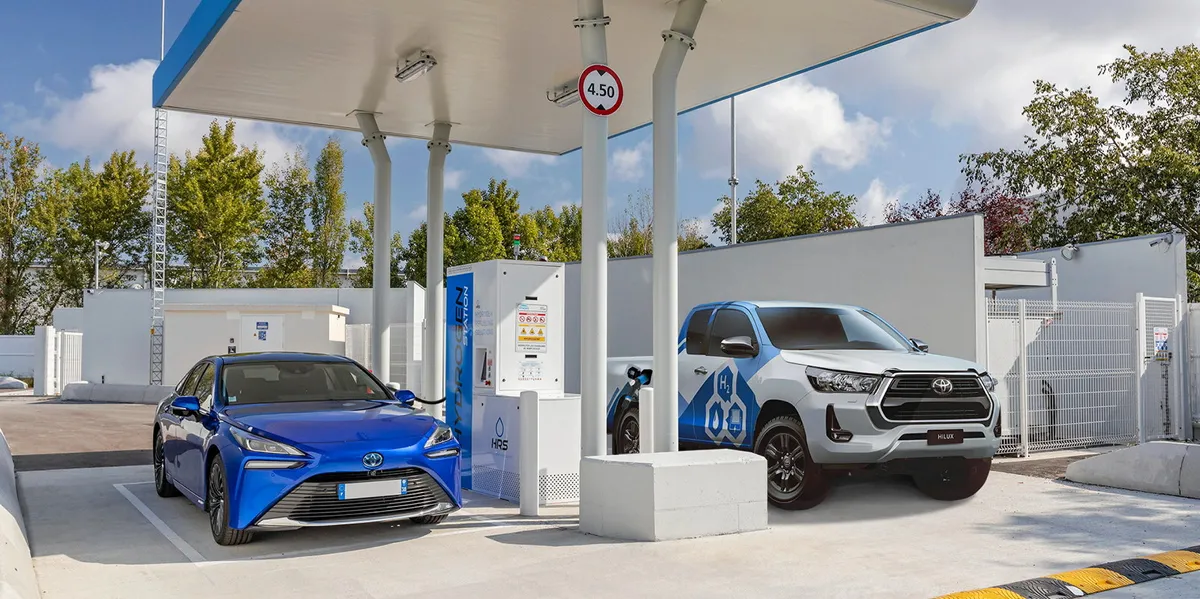
Air Products’ CEO Seifi Ghasemi has pushed back on analyst concerns that there will not be sufficient demand for blue and green hydrogen by 2030 to justify the industrial gases firm’s early investments into major projects.
“The part that I can confidently tell the investors, believe me, there is demand,” he said during the company’s second quarter earning call. “Do not buy into this business that there is no demand. There is demand.”
Air Products has agreed to offtake all the green ammonia being produced at the 2.2GW Neom complex currently under construction in Saudi Arabia for a 30-year period. The firm is also a shareholder on the project, which reached a $8.4bn financial close last year.
However, the offtake deal is a huge bet that whatever price the industrial gases firm has agreed to buy at, there will be third-party buyers willing to pay more, once the project comes on line at the end of 2026 or beginning of 2027.
Similarly, the company is developing a $4.5bn blue hydrogen and ammonia project in Louisiana, set to be fully commissioned in 2028, which would produce more than 1,770 tonnes of H2 per day.
However, Air Products has not signed third-party offtake agreements for either megaproject, with the lack of guaranteed returns prompting anxiety that the industrial gases firm would be unable to recoup its costs, let alone make a profit off these investments.
Ghasemi insisted that the lack of deals does not reflect a lack of demand — but rather, that Air Products plans to squeeze industries such as shipping, heavy industry and power generation to pay for the highest possible premium.
“We are not going to sign any contract for either one of these two projects until we get to the stage that we can get the price that we expect,” Ghasemi said.
“It is obviously a great deal of pressure but I am absolutely willing to stick my neck out and take the heat because I think my job is to create long-term value for shareholders, not try to panic on a short-term basis.”
The CEO is bullish that as regulations — such as the EU’s FuelEU package to reduce maritime emissions, come into force — demand will surge for low-carbon H2, either for direct use or a feedstock for green fuels.
Similarly, while the Louisiana project had originally been targeted towards ammonia exports to supply Japanese and South Korean power generation, Ghasemi noted that, depending on demand, not all of the ammonia production capacity could be used, with more blue H2 instead supplied via pipeline to industrial users along the Gulf Coast.
“We have a product that is going to come onstream that people are going to need. Nobody makes that product today. So what is the price for that?” he said, adding that for high-demand products, “you extract the maximum price”.
Ghasemi compared this to the oil market today: “We all go to the gas station and pay what we are paying for the gas station. The cost of taking oil out of the ground in the Middle East is $5 a barrel. If you sit down and calculate it based on the return, we should be paying $0.25 a gallon for gas.”
Instead, he noted that oil prices vary depending on supply and demand, rather than a fixed-return to cover the cost of production — and low-carbon hydrogen will follow suit.
“We are not basing the pricing from our products based on return. We are basing it on what we can get out of the market because there is significant value that we bring to the market for the investor.”
And the company is confident that, based on deals it has already struck for blue H2 outside of these two projects, customers are willing to pay more than they are for grey hydrogen.
“We already have three major on-site blue hydrogen contracts for 15-plus years with a premium for the blue product,” said chief operating officer Samir Serhan.
Responding to analyst questions about the impact of blue hydrogen cannibalisation on Air Products’ existing grey H2 business, Ghasemi stated that the company could completely phase out the latter before 2040.
“I mean, 15 years from now, we will not have any SMRs [steam methane reformers] running,” he said, clarifying later in the call that this referred to SMRs without carbon capture technology.
Ghasemi also shot down analyst suggestions that Air Products could spin off its clean hydrogen project development into a separate business, in an effort to calm investor anxiety.
“I don't think this is the time to try to do any kind of a financial engineering and all that because that would be significantly distracting to the management and to our people,” he argued.
Similarly, Ghasemi noted that it would be impossible to accurately value a separate clean hydrogen business, given that price assessments for blue and green H2 vary significantly today.
“Some people say green hydrogen is worth $5 [per kilogram], some people say it's $10, blue hydrogen the same thing,” he said. “And obviously, we have other people, our competitors running around and saying, ‘Well, there is no demand for these things anyway’. So how would you value a business like that?”


